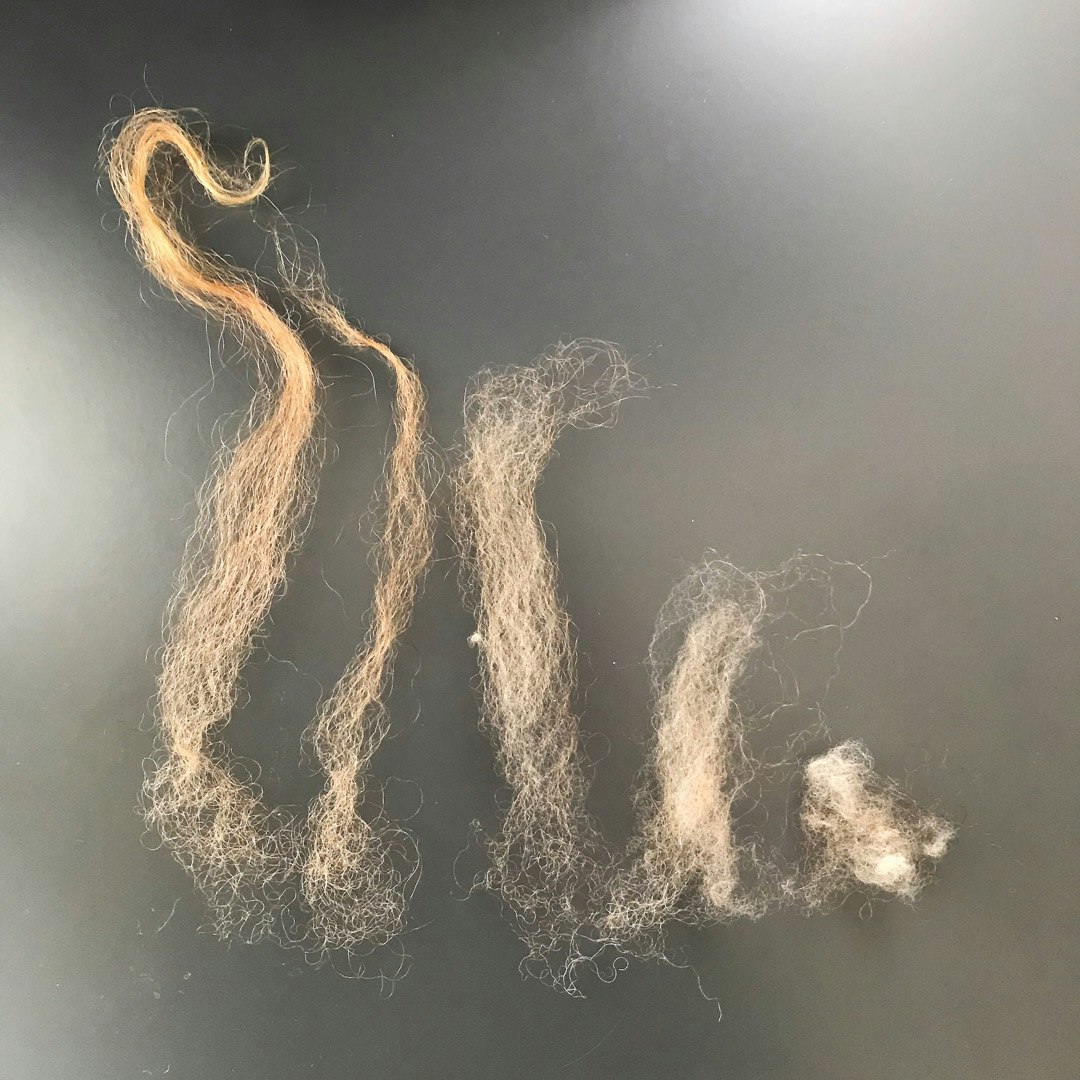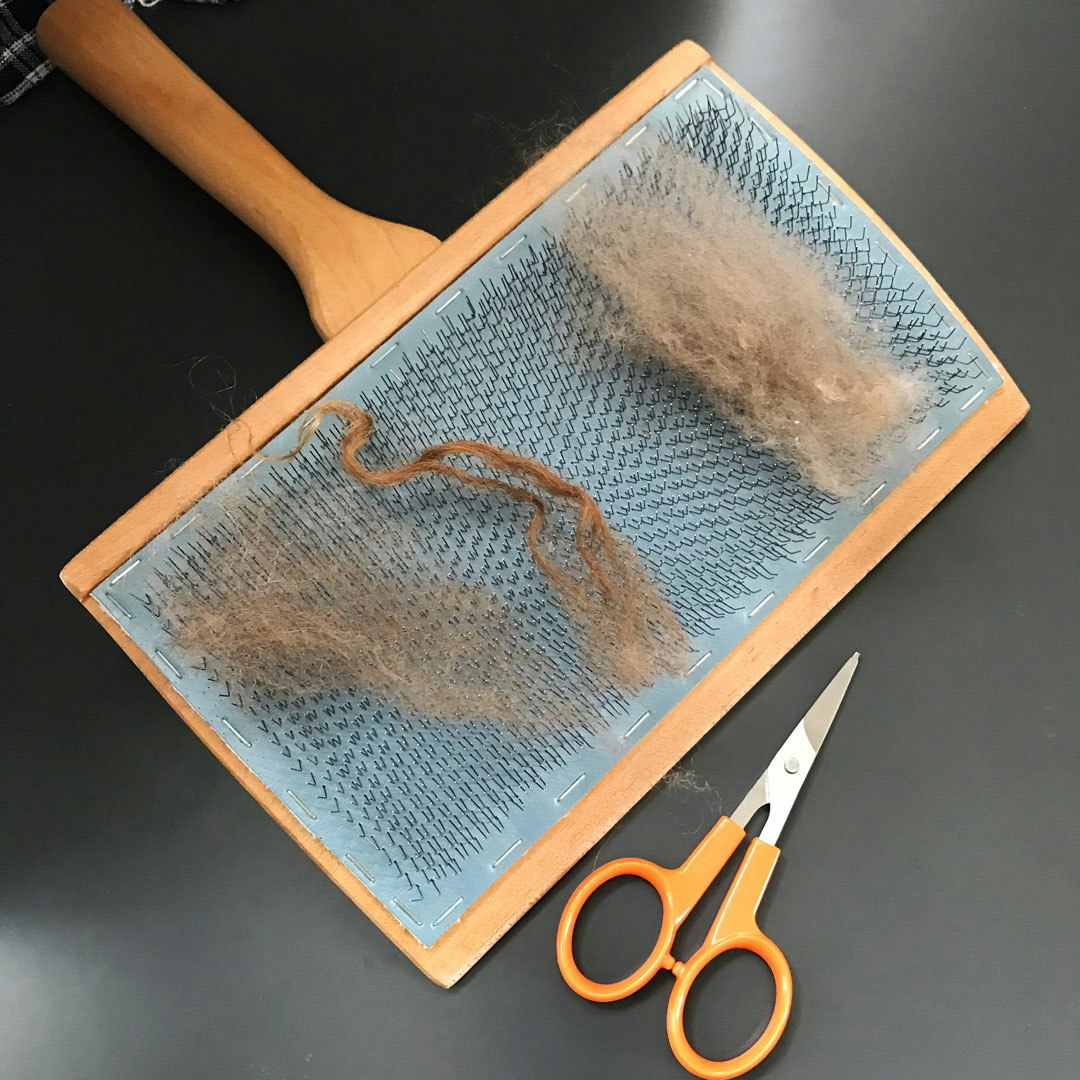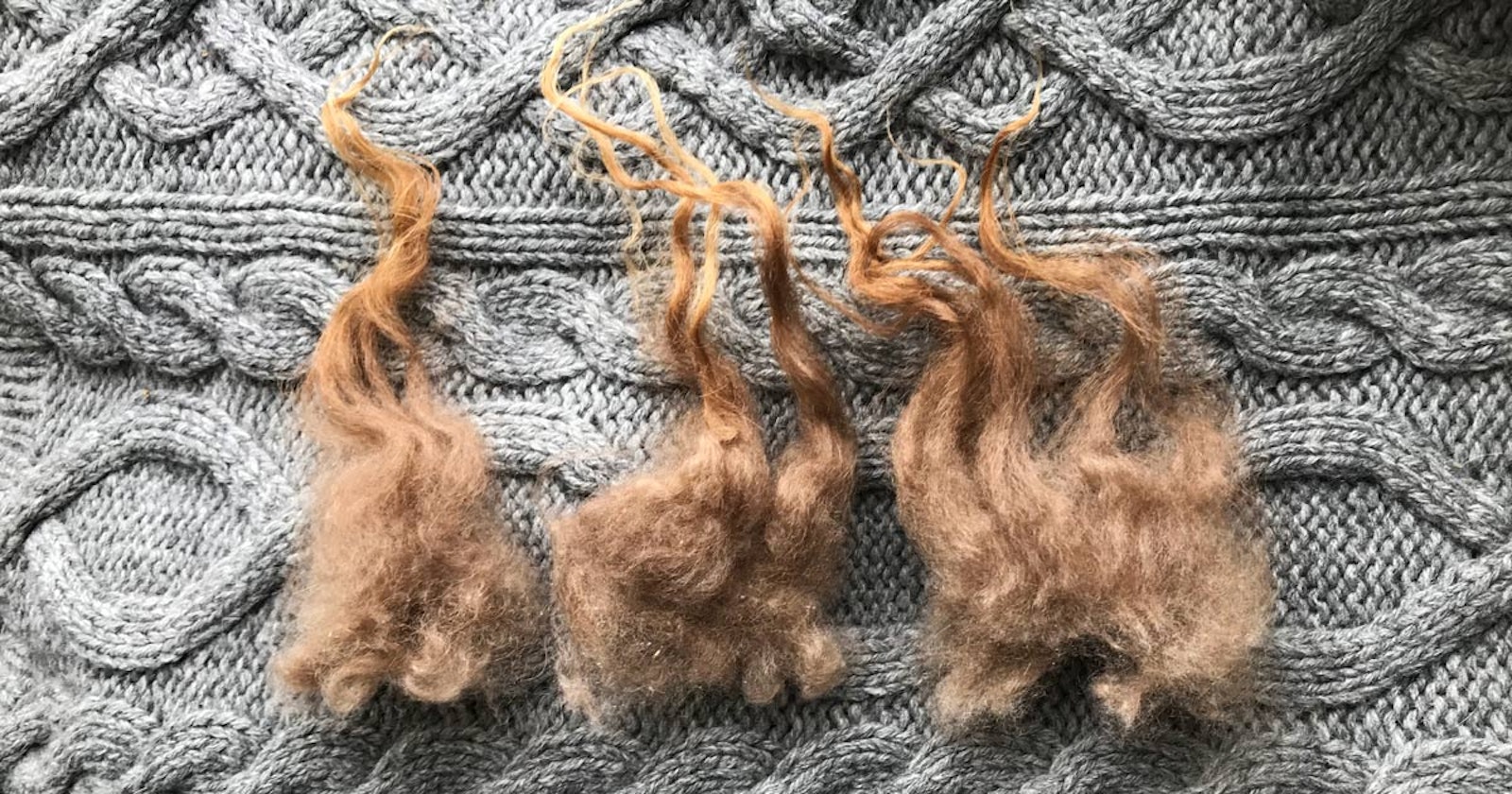I’ve had a lovely bag of Icelandic wool in my stash that I’ve been looking forward to and dreading at the same time. The hand-washed sample I purchased as part of a kit keeps the tog and thel together in lock formation, so I have all the choices in the world. Icelandic is one of the most fascinating natural fibers we have.
Icelandic Sheep: A Handspinner’s Primer
In Practical Spinner’s Guide: Wool, Kate Larson classes Icelandic sheep as a Northern Short-Tail breed, while in her video Spinning Primitive Breeds Judith MacKenzie describes them as, well, a primitive breed. Whatever you call the grouping, Icelandics (like Shetland sheep) are a very old breed that developed in harsh weather. Except in some Shetlands that have had the trait bred out of them, these sheep are said to have double coats, though a spinner with a good eye might be able to separate the locks into five or more coats!
But back to the choices part.

Icelandic locks can often be separated into five or more fibers of varying lengths and characters.
The first choice is simple: Do you separate the coats or not?
Pros to separating: You can create two very different types of yarn from the same fleece, one soft and fine and the other shiny and strong.
Cons to separating: It’s time-consuming; you may not wind up with enough of each fiber to do anything with (especially since primitive breed sheep tend to have smaller fleeces than improved breeds); and the yarn you can spin from the blended fleece can be pretty wonderful, too.
A second choice follows the first: Do you spin woolen or worsted?
Judith MacKenzie suggests cutting the tog to match the length of the thel to spin a Lopi-style yarn.
If you separate the coats, you can spin a true worsted from the tog (outer coat) and a true woolen from the thel (inner coat). But if you don’t separate the coats, you can spin a Lopi-style woolen from a blended rolag by carding both coats together.
For me, the big surprise while watching Spinning Primitive Breeds was the moment when Judith reached for the scissors! Because the outer coat is so much longer than the fine inner coat, it can be difficult to card and spin them as is, so Judith trimmed the tog to the length of the thel, put it on her wool carders, and blended them together.

The long fibers can be cut to more closely match the short fibers.
And finally . . . What are you going to make?
Although they can require a little more work to process, primitive breed sheep are truly all-purpose. You can make lace, sweaters, or embroidery floss, all depending on how you prepare and spin the fibers.
—Anne
Anne Merrow is a cofounder of Long Thread Media.
Posted June 20, 2016. Updated March 9, 2019. Updated March 28, 2022

